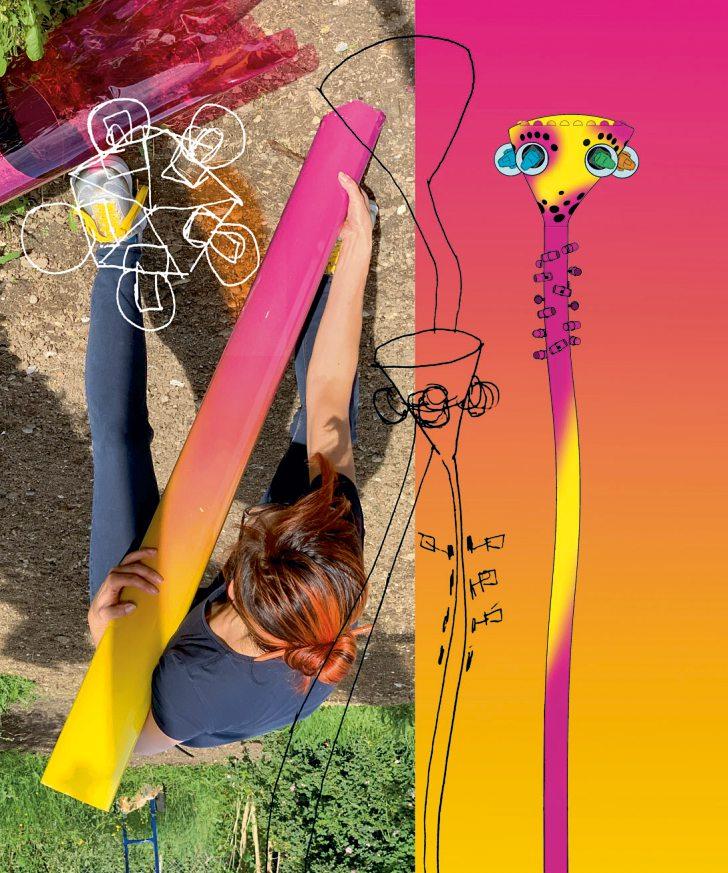
2 minute read
TACTILE LIGHTS
‘Pipilotti Rist, for over three decades in the video art world as the painter of coloured light and sound, a seductive activist of sensitivities and feelings, liquefied walls and corners, with gentle boldness. The moment the light and the projectors are switched on she consummates the act of digital liberation and transforms walls into flooded imageries.’
24 Jacqueline Burckhardt
TACTILE LIGHTS CARESSING BUILDINGS WITH LIGHT
— 23 Nike Dreyer As Pipilotti Rist began the preparations in 2015 for her exhibition in the Kunsthaus Zürich, her aim was to resurrect the idea of Kunsthaus architect Karl Moser, namely to accord equal space to art outside the museum. To this end she transformed a relief by Carl Burckhardt and the glazed roof of the Kunsthaus into a projection screen. Thus, in 2016, the first stage of ‘Tastende Lichter’ / ‘Tactile Lights’ emerged, and since then the installation illuminates the architecture night after night. In 2020 she expanded the work, as originally planned and again with the support of light designer Kaori Kuwabara, with a second stage. In so doing, ‘Tactile Lights’ connects the facades of all the adjoining buildings on Heimplatz – the Kunsthaus, the extension, as well as the Schauspielhaus theatre –and caresses them slowly with circular surfaces of light of differing configurations of colour and a new relief projection.*
Rist adjusts the relationship between light art and urban space: part of her intervention is the design of a mast that acts as a central anchoring point, both in artistic and practical terms. On the one hand the mast meets all the technical specifications of the city authorities – it encompasses all the lights designated in the city lighting concept, the ‘Plan Lumière’ – while on the other hand it also serves as a sculptural element. With its soft sweep, its organically shaped headpiece and its exciting play of lights, it becomes a totem of hope, especially during the daytime. Taken as a whole, what emerges is a soothing programme in which the entire Heimplatz is connected to form a single entity – at night through surfaces of light and during the day through the sculpture.
— Drawings by 25 Pipilotti Rist, renderings by Mara Meerwein, as well as the colour pattern of the mast with 26 Kaori Kuwabara; collage by Thomas Rhyner.
— * The first part of the work ‘Tactile Lights’ in the Moser Building was realised as a commission by the Kunsthaus Zürich. The second part on Heimplatz was commissioned by the developers of the Kunsthaus extension, under the project management of 27 Karin Frei Bernasconi, financed from the building credit.




